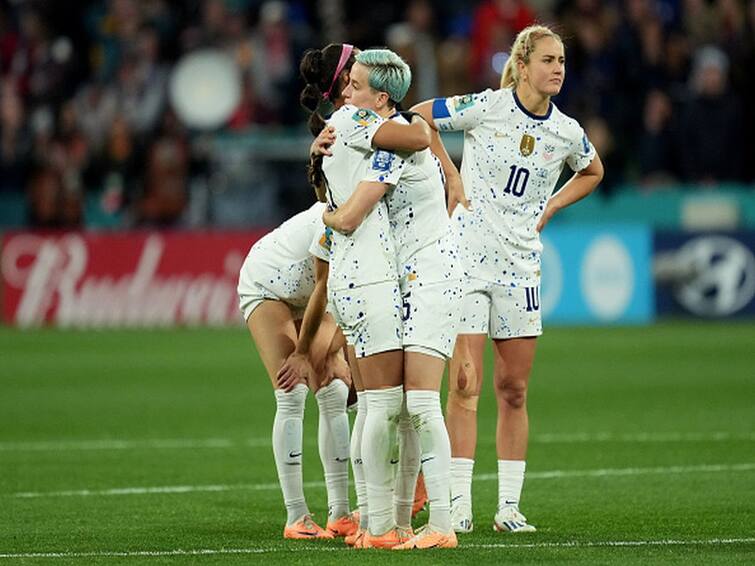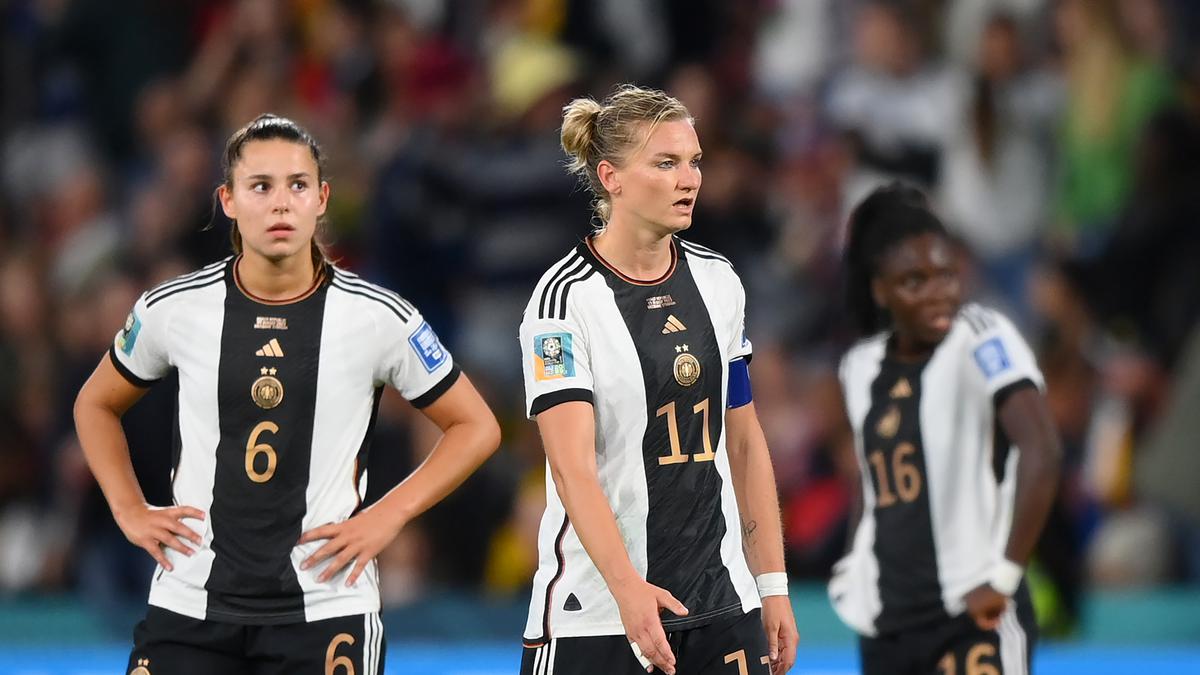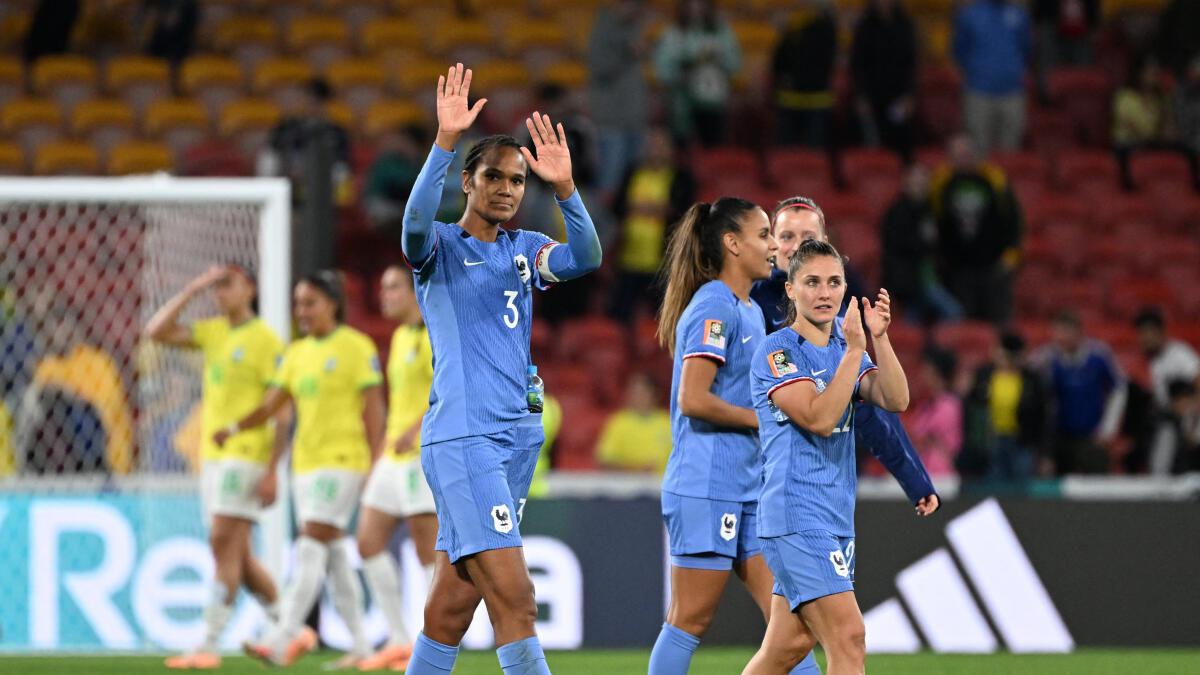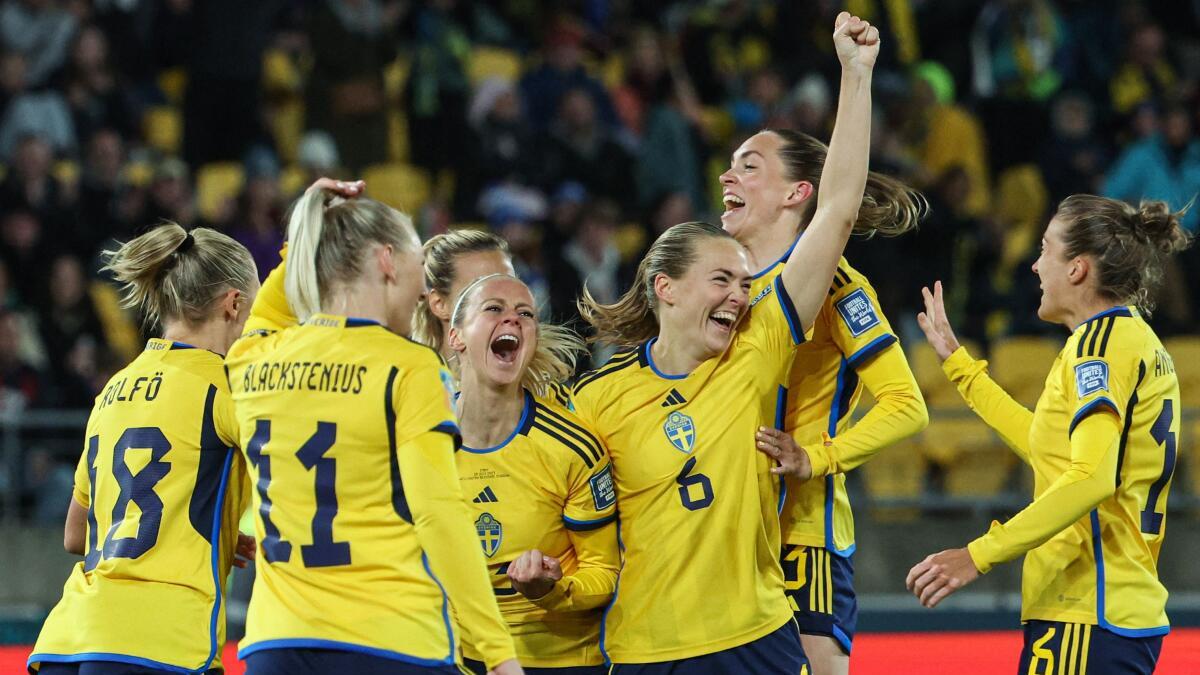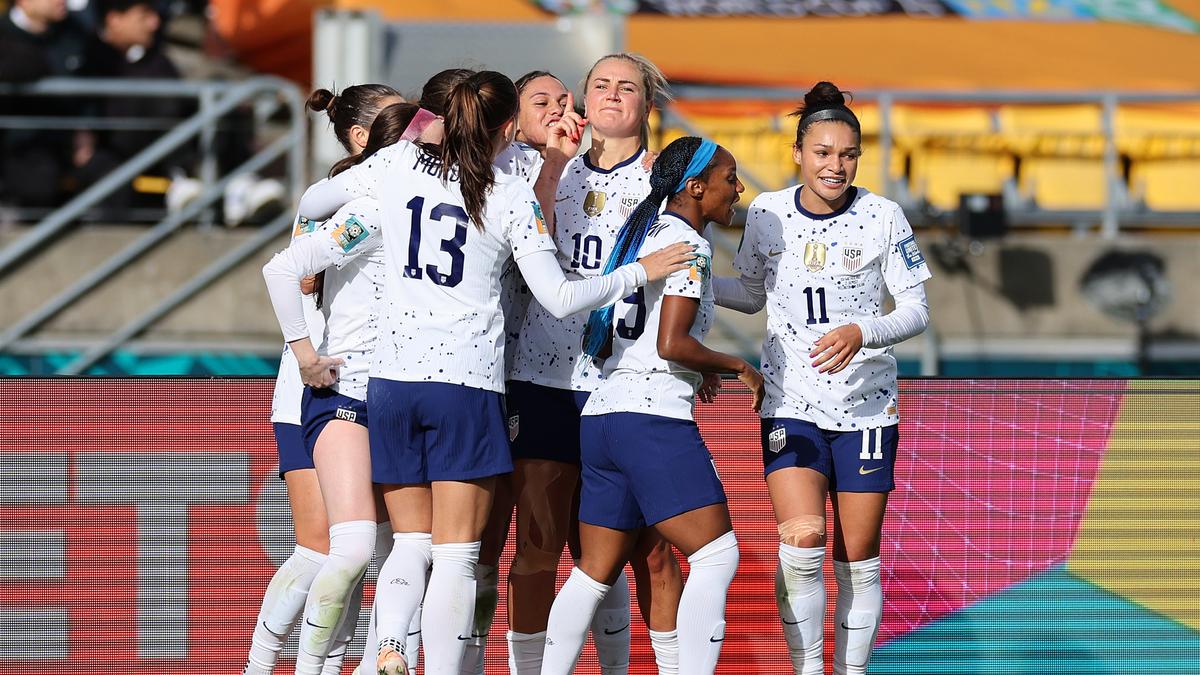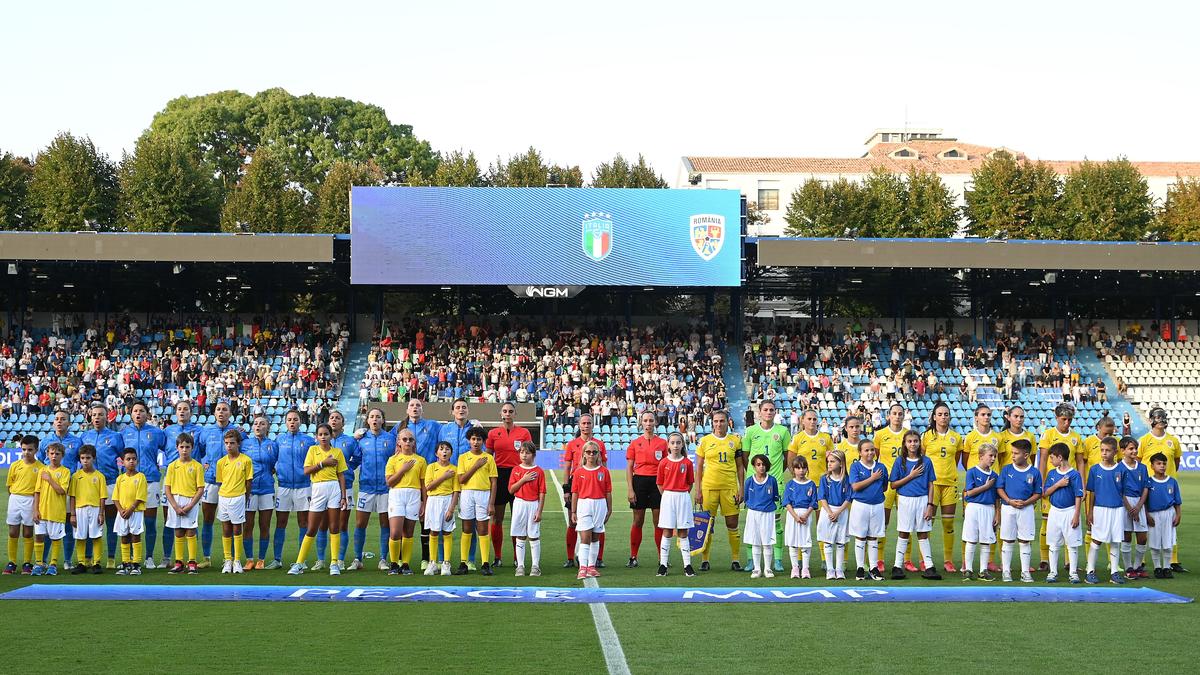
Women's World Cup: Tiebreaker qualification scenarios and how to resolve them
The HinduIf two or more teams are on equal points at the end of the group fixtures, their rankings will be determined by the following in sequence: STEP ONE: - Most points obtained in all group stage matches of the tournament - Best goal difference in the group stage - Highest number of goals scored in the group stage READ : Why final group-stage matches are played at the same time STEP TWO: After this process, if two or more teams in the same group find themselves with the same ranking, they will progress depending on: - Highest points obtained in the group matches between the teams in question - Team with the best goal difference among those in question - Highest number of goals scored in the group matches between the teams in question - Best conduct score In this sub-step, cards earned will affect the points as follows: Yellow card earns a one-point deduction - An indirect red card earns a three-point deduction - A direct red card earns a four-point deduction - Yellow card and a direct red card earns a five-point deduction It is worth noting that only one of the above deductions can apply to a player in a single match. READ : Women's World Cup: Everything you need to know STEP THREE: One team will emerge the superior one after the first to steps, but in the unlikely scenario that two teams still find themselves on even ground after all these algorithms, FIFA will decide qualifying teams by drawing lots. THIRD-PLACE TEAMS QUALIFICATION The four best teams among those ranked third will be determined as follows: - Highest points obtained in the group stage - Best goal difference from the group stage - Most goals scored in the group stage - Best conduct score with regard to yellow and red cards obtained. A deadlock here will be resolved by a drawing of lots by FIFA.
History of this topic

FIFA World Cup 2022: Who goes through to R16 if teams are tied for same points in group stage? I Know Details
India TV News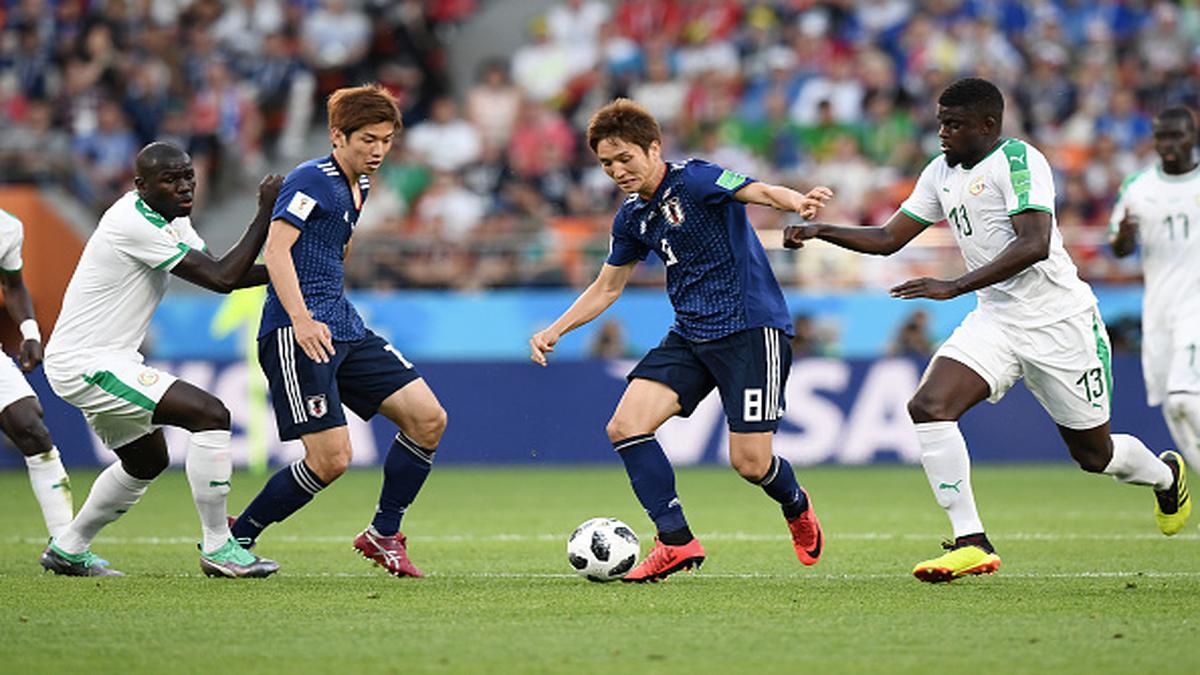
FIFA World Cup tiebreakers: What happens if teams finish with same points during group stage of Qatar 2022
The HinduDiscover Related






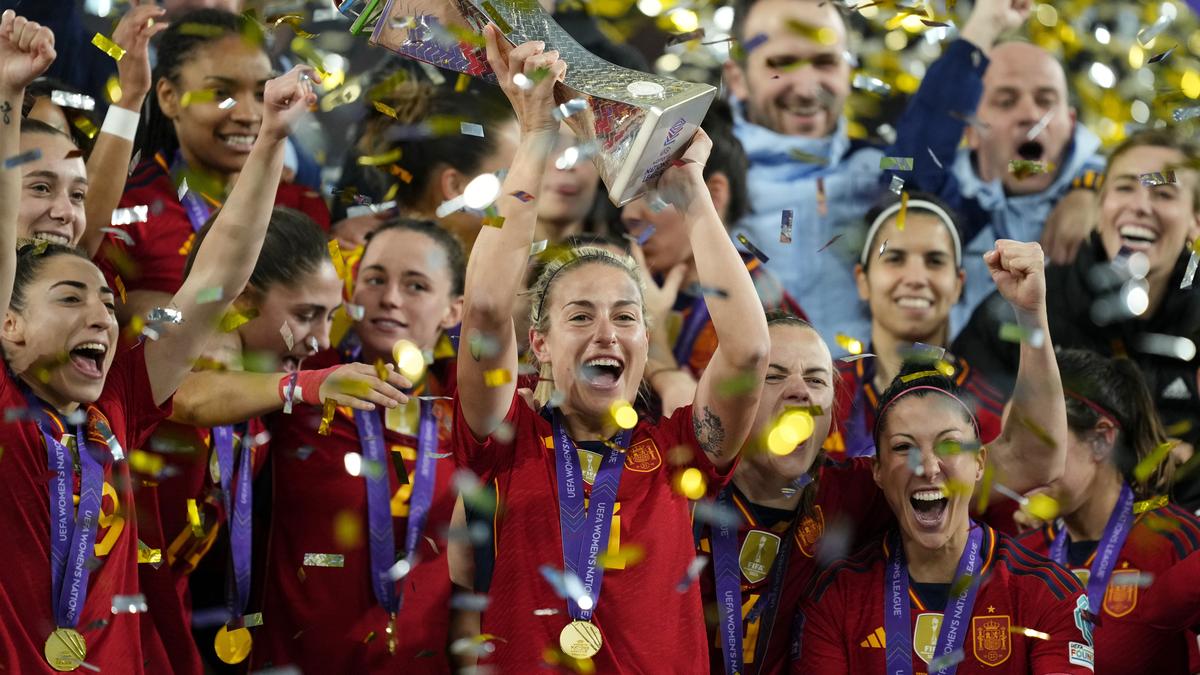

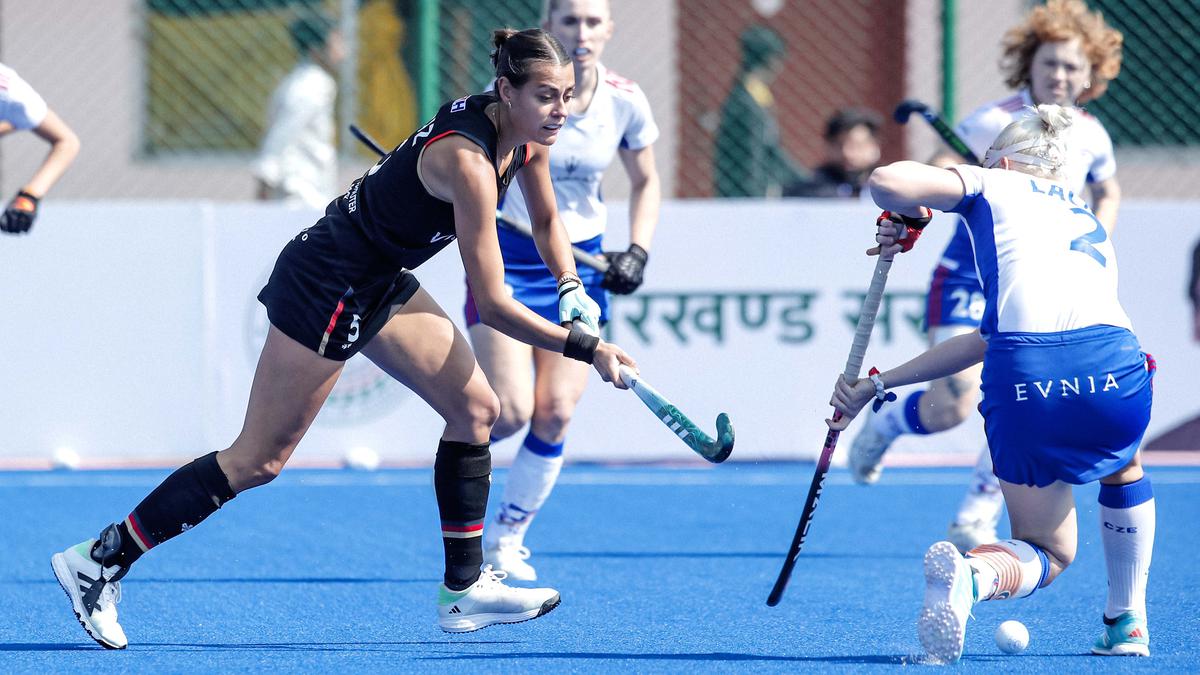
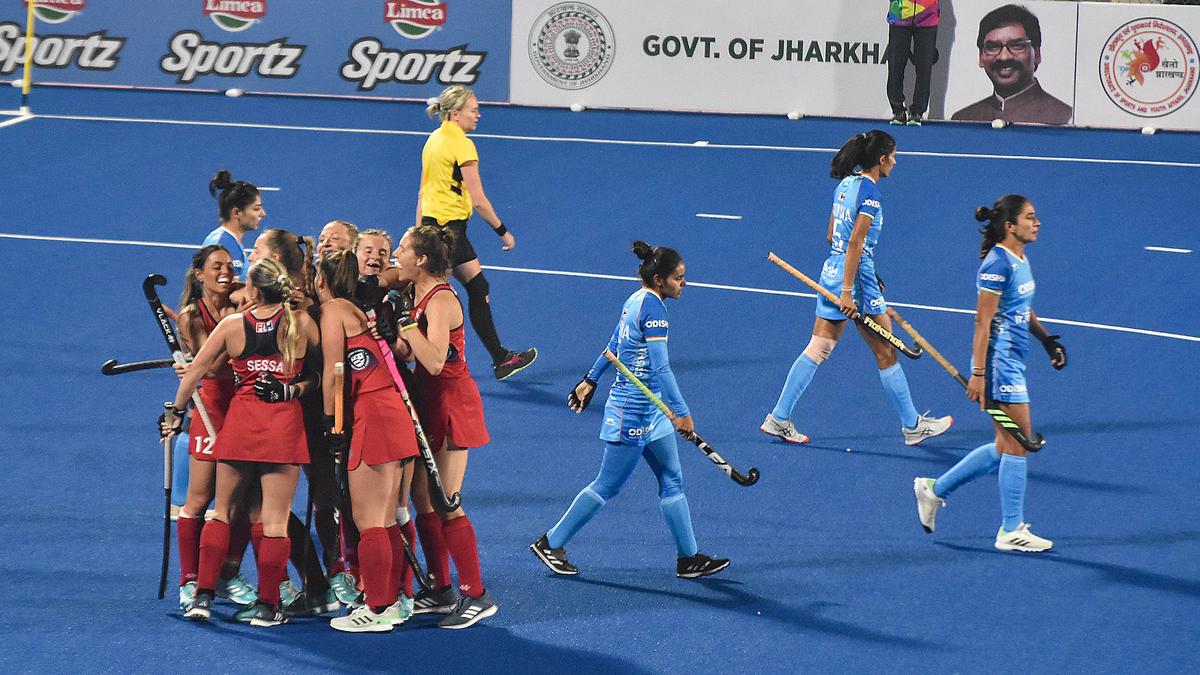
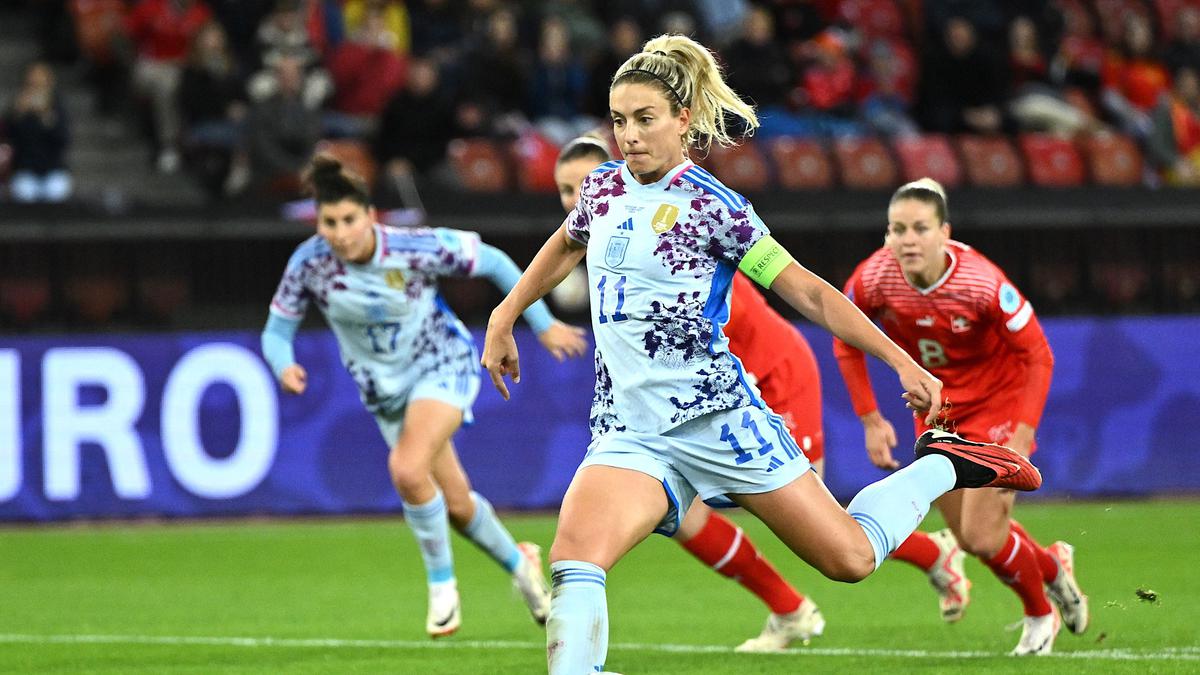

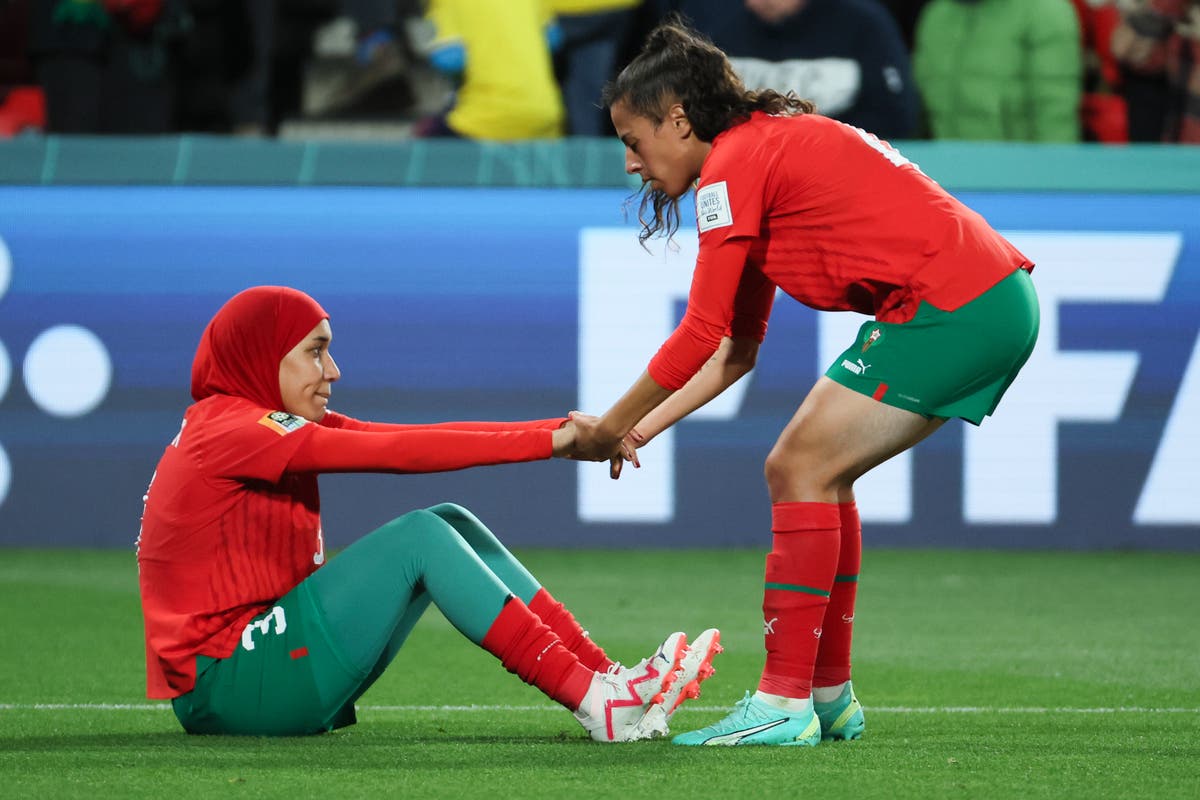

)

